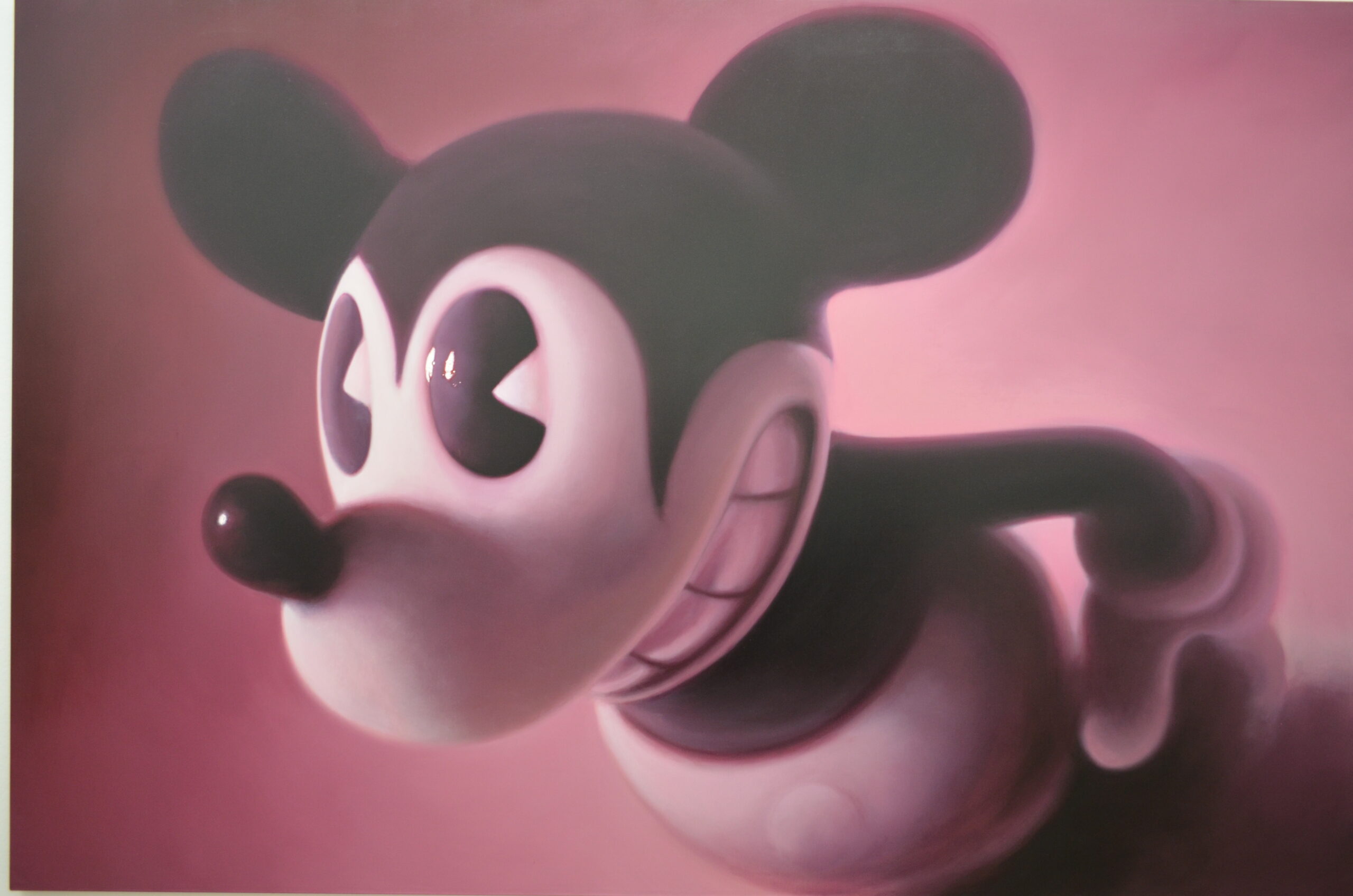ALBERTINA
The Albertina is a museum of Vienna, Austria.
The Albertina is a museum of Vienna, Austria.

It houses one of the largest and most important print rooms in the world with 65k drawings and approximately 1000k old master prints, as well as more modern graphic works, photographs and architectural drawings.
Apart from the graphics collection the museum has recently acquired on permanent loan two significant collections of Impressionist and early 20th-century art.
The Albertina was build on one of the last remaining sections of the fortifications of Vienna, the Augustinian Bastion.
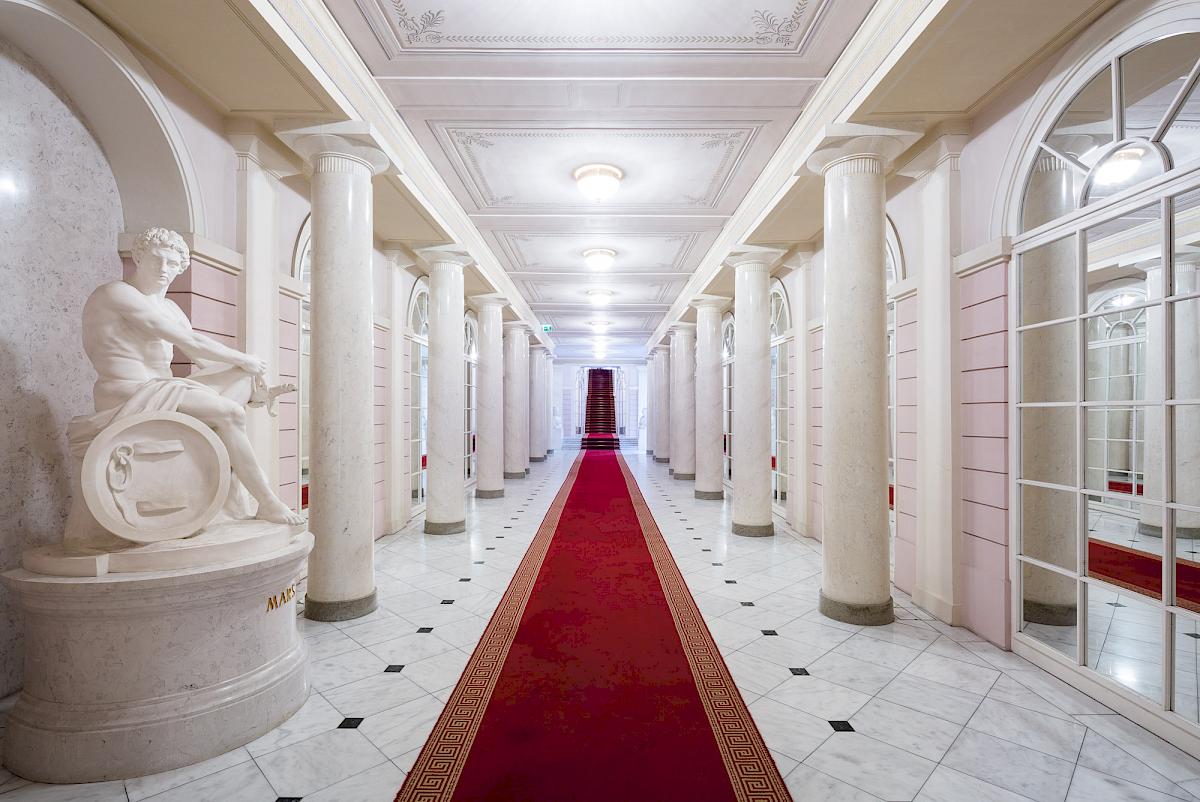

In 1744 it was refurbished by the director of the Hofbauamt, Emanuel Teles Count Silva-Tarouca, to become his palace; it was therefore also known as Palais Taroucca.
The building was later taken over by Duke Albert of Saxen-Teschen who used it as his residence. Albert later brought his graphics collection there from Brussels, where he had acted as the governor of the Habsburg Netherlands.
The collection was created by Duke Albert with the Genoese count Giacomo Durazzo, the Austrian ambassador in Venice
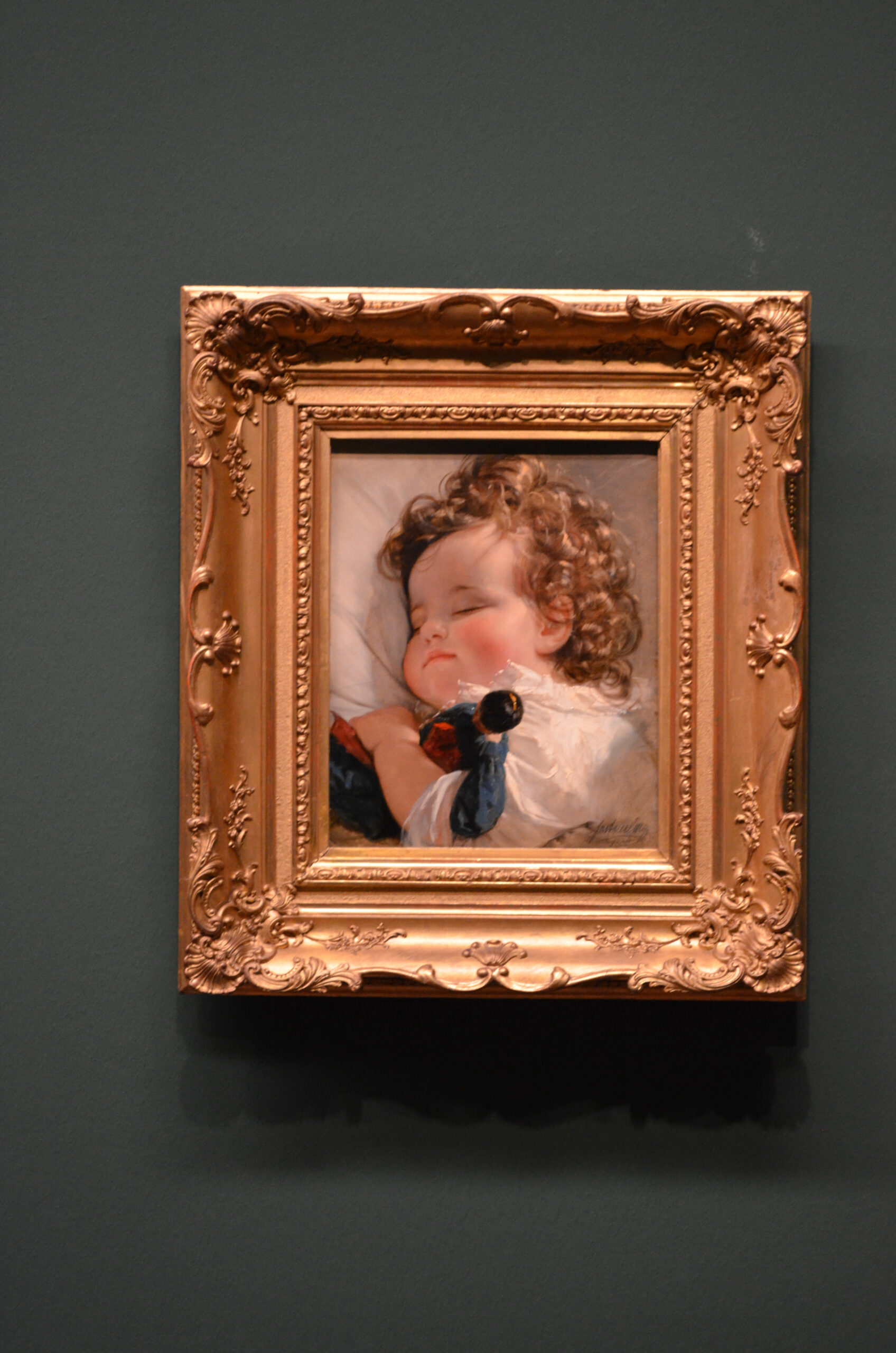

In 1776 the count presented nearly 1,000 pieces of art to the duke and his wife Maria Christina (Maria Theresa’s daughter).
TIn early 1919, the new socialist government of Austria confiscated, without compensation, both the building and the collection belonging to the Archduke Friedrich and evicted him.


In 1920 the collection of prints and drawings was united with the collection of the former Imperial court library.
In March 1945, the Albertina was heavily damaged by USAAF bomb attacks. The building was rebuilt from 1998 to 2003.
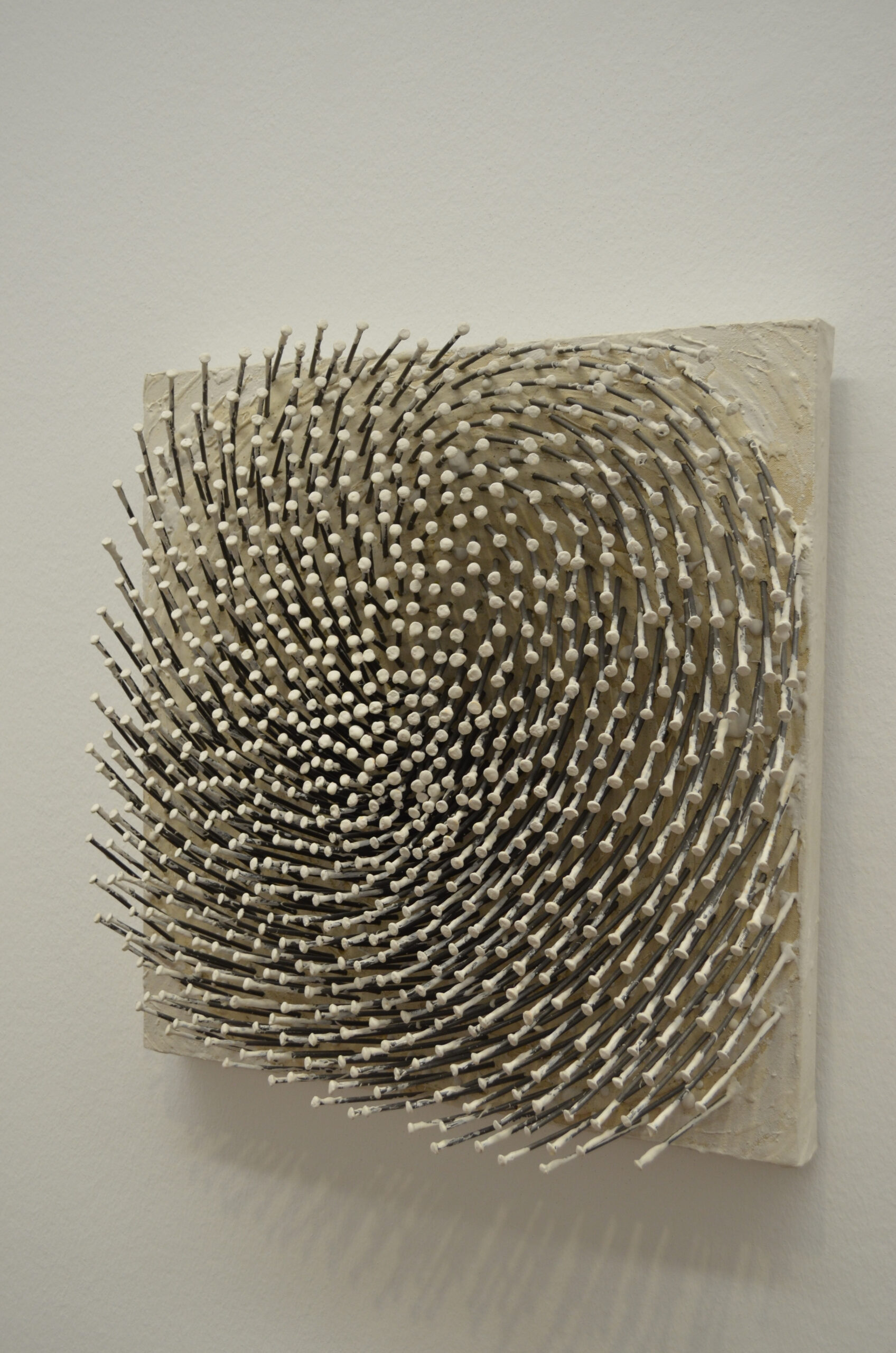
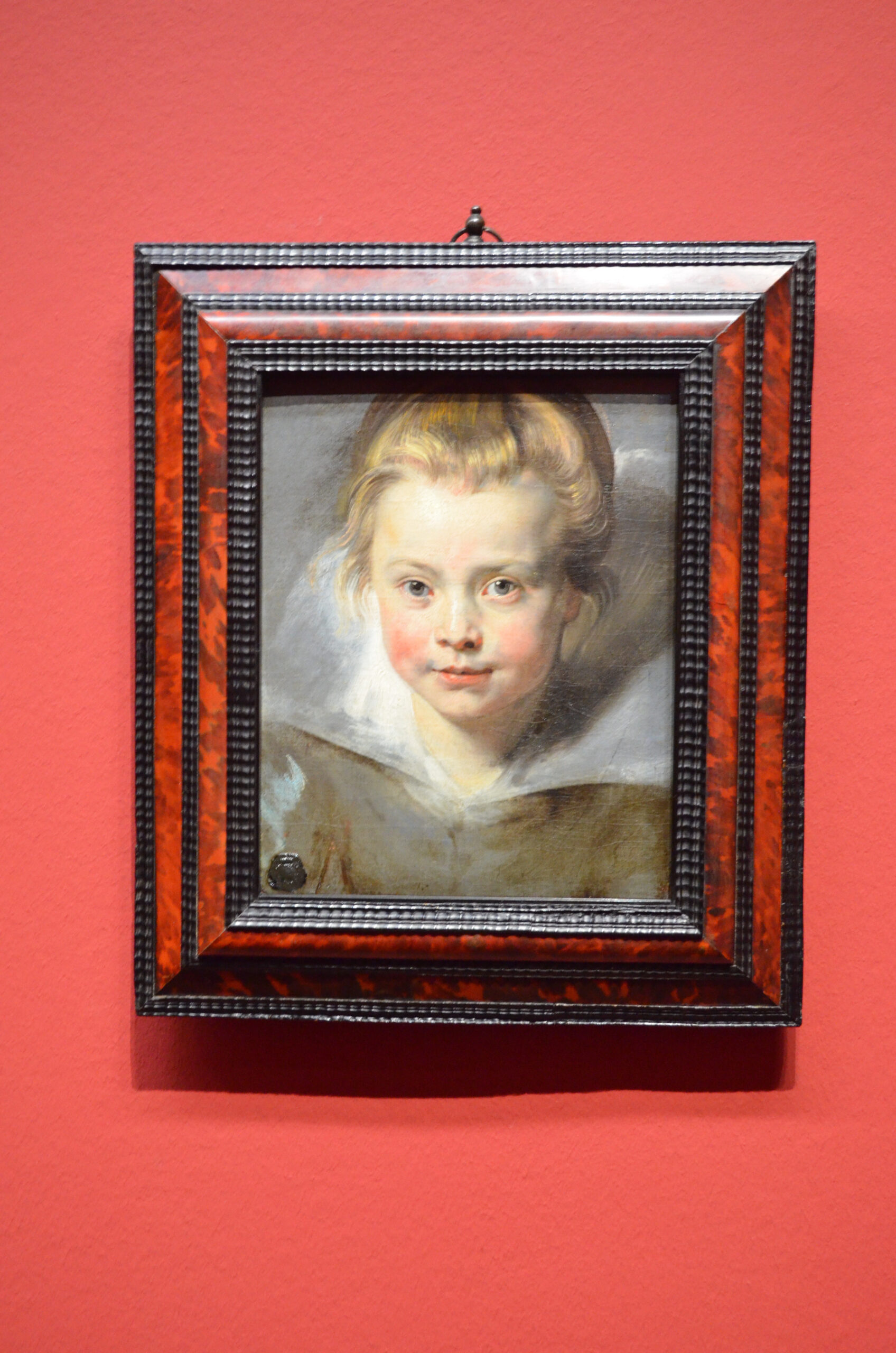
Modifications of the exterior entrance sequence, including a distinctive roof by Hans Hollein were completed in 2008, when the graphics collection finally reopened.
In 2018, the Albertina acquired the Essl Collection of 1,323 contemporary artworks, including pieces by Alex Katz, Cindy Sherman, Georg Baselitz, Hermann Nitsch, and Maria Lassnig
